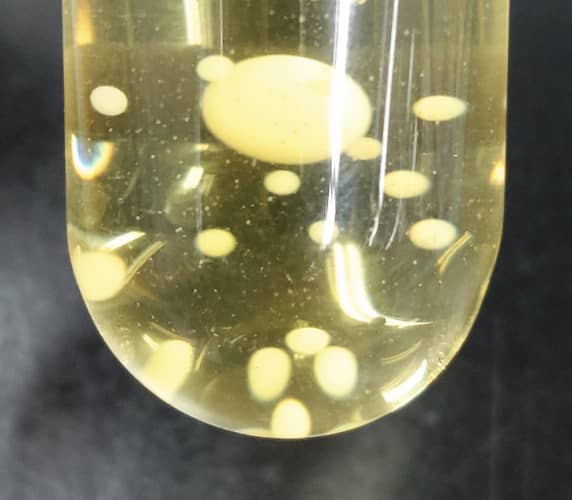
Research
Project III
Understanding the reasons behind microbial resistance to cultivation

- Dormancy and awakening of environmental microorganisms
- Microbial interactions controlling microbial growth
We set forth following questions regarding uncultivable microorganisms
1) Why do they resist cultivation?
2) What are the microbial types which do not grow under the conditions offered by conventional methods?
3) How to grow them?
These are challenging questions because it is expected that each microbial type will have an individual-specific reason for being unculturable. For example, the culture medium may not provide appropriate growth conditions, such as unsuitable medium composition, gaseous conditions, pH, or temperature. In other words, unculturable microbes are fastidious.
However, we hypothesized that an unignorable proportion of uncultivated microorganisms could share common mechanisms that control this “microbial unculturability.” Understanding the reasons why most microorganisms do not grow in culture (resist cultivation by conventional methods) can lead to a breakthrough in the cultivation of these uncultivable microorganisms. However, this has not yet been clarified. At the same time, it is uncertain whether such common reasons exist.
The aim of this project was to discover a common mechanism that controls microbial uncultivability by analyzing previously uncultivated microorganisms. We are focusing on “dormancy and awakening” and microbial interactions controlling microbial growth. The previously uncultivated microorganisms made culturable (isolated) through Projects I and II were used as model organisms.
1. The clarification of microbial uncultivability using Nitrospira as a model organism
Nitrospira are chemoautotrophic nitrite-oxidizing microorganisms. They are widely distributed in various environments and primarily play a role in nitrite oxidation. Despite their environmental importance and wide distribution, and many attempts at isolation, only a few strains have been isolated so far, and thus they are regarded as microbial types that are difficult to cultivate (resisting cultivation). We have previously isolated three strains of Nitrospira using an original cultivation method. We are using this organism to clarify unknown growth-controlling mechanisms focusing on 1) dormancy and awakening, and 2) the phenomenon that they do not grow on solid media.
2. The clarification of microbial uncultivability using diverse microbial strains isolated from various environments
Various strains obtained through Projects I and II (cultivated by new cultivation methods) were studied to clarify the mechanisms controlling microbial uncultivability. We focused on 1) dormancy and awakening, 2) microbial interactions directly triggering microbial growth, and 3) self-growth inhibition.
3. The elucidation of microbial growth controlling network in nature
We hypothesized that 1) microorganisms in the microbial community affect each other through microbial interactions that control growth, and 2) this is one of the primary reasons why most microorganisms are difficult to cultivate. The aim was to clarify the microbial growth-controlling network in nature.
Other research
Share on SNS








